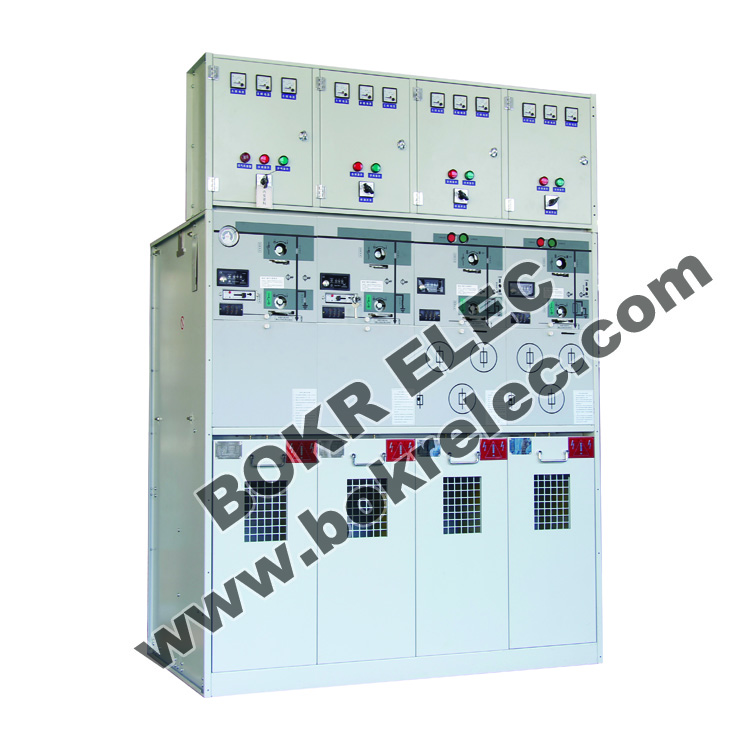Advantages and Applications of Gas Insulated Switchgear
Gas Insulated Switchgear, or GIS, is an advanced electrical substation system designed to function within a compact and environmentally friendly enclosure. It is a superior alternative to conventional Air Insulated Switchgear (AIS) due to its exceptional insulation properties and space-saving design.
How Does GIS Work?
GIS functions by using sulfur hexafluoride (SF6) gas as an insulating medium within its sealed metal enclosure. This unique gas offers outstanding insulating and arc-quenching capabilities, making GIS highly reliable in preventing electrical faults and short circuits.

Advantages of Gas Insulated Switchgear
1. Compact Design
One of the primary advantages of GIS is its compact design. Unlike AIS, which requires large open spaces, GIS can be installed in smaller areas, making it ideal for urban settings where land is at a premium.
2. Enhanced Safety
Safety is paramount in the electrical industry. GIS ensures a higher level of safety by confining the high-voltage components within its enclosure, reducing the risk of accidents and exposure to live parts.
3. Reliable Performance
GIS systems are known for their unwavering reliability. The sealed design prevents dust, moisture, and contaminants from affecting the internal components, resulting in minimal maintenance requirements and extended operational lifespans.
4. Environmental Friendliness
In an era of increasing environmental consciousness, GIS stands out as an eco-friendly choice. SF6 gas used in GIS is non-toxic and non-flammable, and its global warming potential is significantly lower compared to alternatives, aligning with sustainability goals.
Applications of Gas Insulated Switchgear
Gas Insulated Switchgear finds its applications across various industries, including:
1. Power Generation
GIS is commonly used in power plants, ensuring the safe and efficient distribution of electricity generated from diverse sources, including fossil fuels, nuclear, and renewable energy.
2. Transmission and Distribution
Electricity transmission and distribution networks rely on GIS to minimize power losses and maintain grid stability over long distances.
3. Industrial Facilities
Industries with critical power requirements, such as manufacturing and data centers, benefit from the reliability and compactness of GIS systems.
Future Trends in Gas Insulated Switchgear
The Gas Insulated Switchgear industry is continually evolving to meet the demands of the modern world. Some exciting trends and developments on the horizon include:
Digitalization
The integration of digital technologies, such as IoT sensors and real-time monitoring, enhances the performance and predictive maintenance of GIS systems.
Eco-friendly Alternatives
Ongoing research aims to develop even more environmentally friendly alternatives to SF6 gas, further reducing the ecological footprint of GIS systems.
Smart Grid Integration
GIS is becoming an integral part of smart grid systems, enabling efficient power management and distribution while reducing energy wastage.
Conclusion
Gas Insulated Switchgear represents a paradigm shift in power distribution. Its compact design, enhanced safety features, and environmental friendliness make it a compelling choice for a wide range of applications. As technology advances and the world embraces sustainability, GIS is poised to lead the way in shaping the future of power distribution.
Previous: Advantages of SIP Trunking
If you are interested in sending in a Guest Blogger Submission,welcome to write for us!




Comments
0